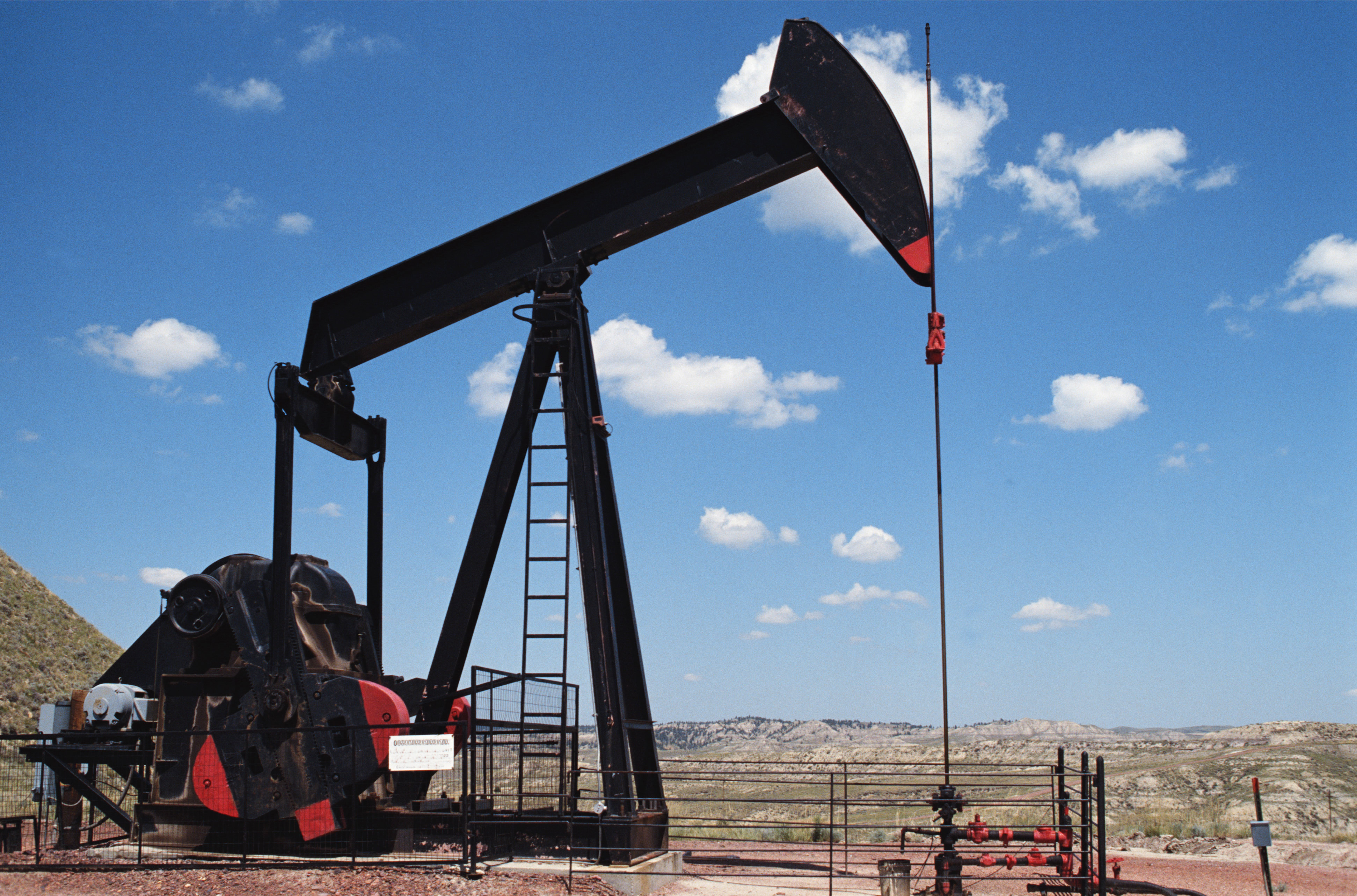
But this phrase, the basis for the CERCLA petroleum exclusion, has been subject to much confusion over the years. Two issues in particular have prompted significant discussion. First, what did Congress mean by petroleum since Congress did not provide a definition for the term? Second, are there instances where petroleum releases are not excluded from CERCLA authority?
Oil and Its Constituents
First, given congressional silence on the definition of “petroleum,” the EPA has historically interpreted the exclusion to cover crude oil and crude oil constituents that are indigenous to petroleum or that are normally mixed with or added to crude oil or crude oil fractions during the refining process. What this means is that certain substances that are subject to CERCLA response if independently released into the environment are not subject to CERCLA if they are an inherent part of crude oil or if they are normally added to crude oil as part of the refining process. Such substances include benzene, toluene, xylene, and ethylbenzene.
Forget expensive calls to lawyers and consultants. With Enviro.BLR.com, you get instant access, 24/7. Try it out today and get the NEW 2013 EHS Salary Guide, absolutely free. Download Your Free Report.
The EPA has also defined petroleum to include crude oil products, principally gasoline and blended gasoline. Under this interpretation, oxygenated gasoline, which is produced by blending a CERCLA hazardous substance into gasoline, would fall within the petroleum exclusion whether the blending takes place at a refinery or a terminal.
Mineral spirits, such as Stoddard solvent, naphtha, or white spirits that are usually derived from refined petroleum distillates, are likewise covered by the exclusion. Again, when a CERCLA hazardous substance is naturally present in petroleum used for mineral spirits or when a hazardous substance is added during the refining process, those substances are excluded from CERCLA.
Mineral spirits may also be derived from coal, in which case, the petroleum exclusion does not apply. Also not covered by the exclusion are crude oil tank bottoms, a waste that is not used to produce a useful product. In addition, pesticides do not fall within the petroleum exclusion even though the active ingredients of the pesticide may be contained in a petroleum distillate; when a reportable quantity of a listed pesticide is released, the release must be reported.
Need an answer fast? Relax. Our editors guarantee a personalized response to your questions within 3 business days. Take a free trial of Enviro.BLR.com and see what everyone is talking about. For a limited time, also receive the NEW free report: 2013 EHS Salary Guide. Download Your Free Report
Constituents Added After Refining
Second, a petroleum release may necessitate a CERCLA response action if CERCLA hazardous substances have been added to the petroleum apart from the refining process. This can occur in two ways. First, a hazardous substance can be intentionally added to petroleum after the refining. For example, a polychlorinated biphenyl (PCB) can be added to petroleum to create a transformer coolant. Since this is not a petroleum refining action, release of this mixture would not be excluded from CERCLA. Second, used oil, or oil that has been part of a combustion process, may be contaminated with CERCLA hazardous substances. A release of this type of contaminated oil would also not be subject to the petroleum exclusion. The EPA has noted that not all used oil is contaminated to an extent that CERCLA is activated when a spill occurs.
Technically, only the added hazardous constituents in a petroleum release are subject to a CERCLA response. However, when petroleum and the added hazardous constituents are commingled into a single plume, it may not be practical to remove the hazardous constituents in a CERCLA response and use a separate action under a different statute to remove the petroleum. Accordingly, when the petroleum and the hazardous constituents cannot be practically separated, the entire mixture is subject to CERCLA.
An EPA memo–Scope of the CERCLA Petroleum Exclusion under Sections 101(14) and 104(a)(2)–contains a useful discussion of the petroleum exclusion.
